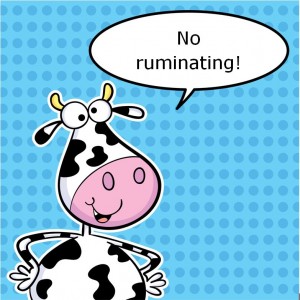After my partner, Ruth, died in 2004, I found solace in a most unusual source. Our sixteen- year-old calico cat, Daisy.
year-old calico cat, Daisy.
Now, I know pets are often a great source of comfort to us, but Daisy was special. She was blind. I always thought I would need to take care of her after she suddenly lost her sight for some unknown reason when she was about fifteen. “Sometimes this just happens to older cats,” our vet had said at the time, shrugging her shoulders.
But Daisy didn’t really need any extra care. When I moved shortly after Ruth died, my cousin and I taught Daisy how to make a particularly tricky trek through the new house to her litter box by leading her with the smell of pungent treats. But other than that, Daisy easily found her way around, bumping her nose gently along the walls until her routine became established.
Not only did Daisy not need extra care, she often took care of me. My tears brought her to me rather than scaring her away. A loving cat, she often lay on my lap, purring with utter contentment at her blissful moment of connection with me.
Daisy inspired me as well as comforted me. One day, I lay on my bed, feeling hopeless about the intense pain of grief that seemed endless. Daisy bumped her way into the room and then curled up on my stomach, purring as always.
After awhile, she decided on a change of venue so she rose and made her way to the edge of the bed. I watched as she inched along until she felt the mattress curve away. Then she leapt down and ventured off into another room.
Watching her, I realized what courage it took for her to leap into space without being able to see what was in front of her. I reached for a pen and piece of paper and this haiku came forth:
Daisy leaps downward
Unable to see the floor
Faith guides ev’ry step
Her courageous leap helped me understand that, even though I couldn’t see the end to my grief, perhaps faith would guide my steps as well. And although I lacked her confidence, I eventually found my way into a new normal, bumping along the rough edges of life.
Daisy died as peacefully as she had lived. And I remain grateful to her for her tender companionship during my dark days and for her enduring lessons of faith, joy, and complete contentment in each moment.
Takeaway points: Sometimes we have to leap into the unknown with the faith that something will help us land, even if we can’t see it.
What have you learned from your four-legged companions?








